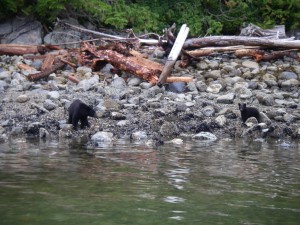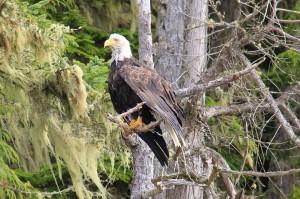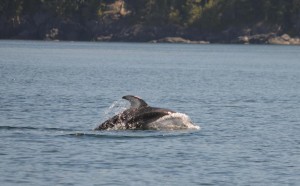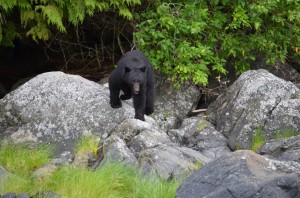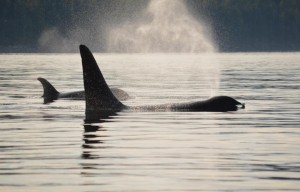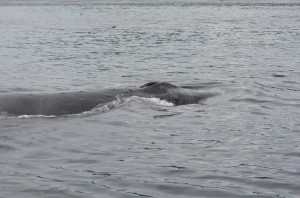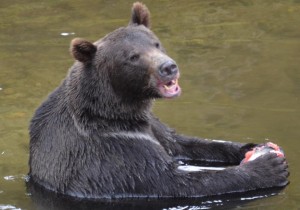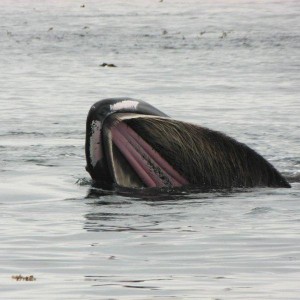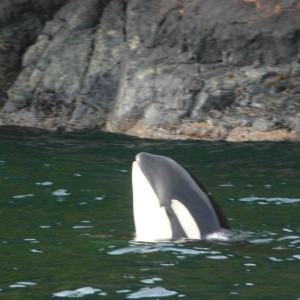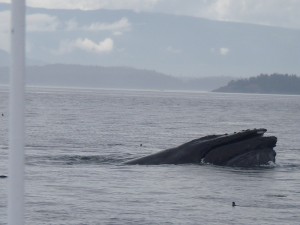
The first thing to note is the white boat antenna in the left corner of the photo. A telephoto lens was not required to get this close up. More than a dozen different humpback whales are found in our whale watching area on a daily basis. The whale safari travel about an hour from the lodge to an area close to British Columbia’s Vancouver Island and area rich in herring the many food of humpbacks. Our picnic lunches are most often eaten in the boast while we drift among feeding whales. It is sort of like the movie “Field of Dreams” but in this case if one waits quietly (boat motor off) the whales come to visit.
